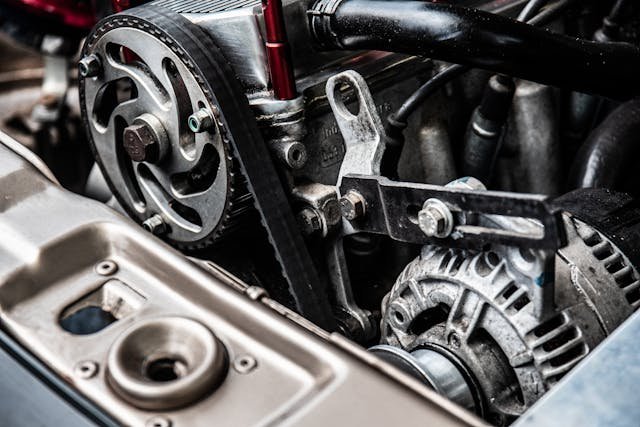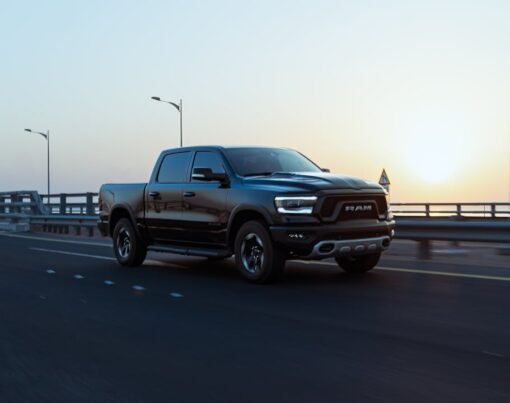Cool air intake systems and stock intake systems represent two approaches to managing airflow into an engine, each with distinct characteristics and implications for performance. This article delves into the differences between these systems, exploring how they affect engine performance, efficiency, and overall driving experience. By examining the design, functionality, and benefits of both cool air intake and stock intake systems, readers can make informed decisions about upgrading their vehicle’s intake system to enhance performance.
Table of Contents
Design and Functionality of Cool Air Intake Systems
Cold air intake systems are designed to draw cooler air from outside the engine bay into the intake system. This is typically achieved through relocating the air filter to a position outside the engine compartment, where it can intake cooler ambient air. The colder air is denser and contains more oxygen molecules, which can lead to improved combustion efficiency and increased power output. Some cool air intake systems also include smoother piping and larger diameter tubing to reduce airflow restrictions compared to stock systems, further enhancing performance. Overall, the design aims to maximize the amount of oxygen-rich air entering the engine for optimal combustion.
Advantages of Cool Air Intake Systems
One of the primary advantages of cool air intake systems is the potential increase in horsepower and torque due to the denser air charge. Cooler air temperatures result in more efficient combustion, allowing the engine to extract more energy from the fuel. This can lead to improved throttle response and acceleration, particularly at higher RPMs where airflow becomes critical. Additionally, cool air intake systems often produce a more aggressive engine sound, which enthusiasts find appealing. Another benefit is that some cool air intake kits are designed for easy installation, making them accessible for vehicle owners looking to upgrade their performance.
Drawbacks and Considerations of Cool Air Intake Systems
Despite their benefits, cool air intake systems also have some drawbacks and considerations. One common concern is the susceptibility to hydrolocking in wet conditions. If the intake is positioned too low or lacks proper shielding, it can suck in water from puddles or floods, potentially causing damage to the engine. Another consideration is the need for periodic maintenance, such as cleaning and re-oiling the air filter, to ensure optimal performance. Additionally, while cool air intake systems can improve performance, the extent of the gains may vary depending on the vehicle’s existing engine setup and modifications.
Stock Intake Systems: Functionality and Characteristics
Stock intake systems provided by vehicle manufacturers are designed to balance various factors, including cost, noise levels, emissions, and performance. These systems typically incorporate air filters and intake piping that are optimized for everyday driving conditions and compliance with emissions standards. Stock intake systems aim to provide adequate airflow and filtration while minimizing production costs and meeting regulatory requirements. They are generally quieter and less noticeable compared to aftermarket cool air intake systems, making them preferable for drivers seeking a more subdued driving experience.
Benefits and Limitations of Stock Intake Systems
The primary advantage of stock intake systems is their reliability and compatibility with the vehicle’s engine management system. They are engineered to work seamlessly with other components and ensure consistent performance across various driving conditions. Stock intake systems are also designed to maintain engine longevity by providing sufficient filtration and airflow to protect internal components from contaminants. However, one limitation is their potential to restrict airflow compared to aftermarket cool air intakes, which can limit performance gains. Moreover, stock intake systems may not offer the same level of customization or sound enhancement as aftermarket options, depending on the driver’s preferences.
Conclusion:
In conclusion, both cool air intake and stock intake systems offer distinct advantages and considerations for vehicle owners and enthusiasts. Cool air intake systems excel in providing increased horsepower and torque through cooler, denser air intake, which enhances engine performance and responsiveness. They also offer a more aggressive engine sound and potential for customization. However, they require careful consideration of factors such as hydrolocking risk and maintenance needs. Stock intake systems, while less customizable, prioritize reliability, compatibility, and compliance with emissions standards. They are designed to provide adequate airflow and filtration for everyday driving without compromising engine longevity. Ultimately, the choice between cool air intake and stock intake systems depends on individual preferences, driving conditions, and desired performance enhancements.










